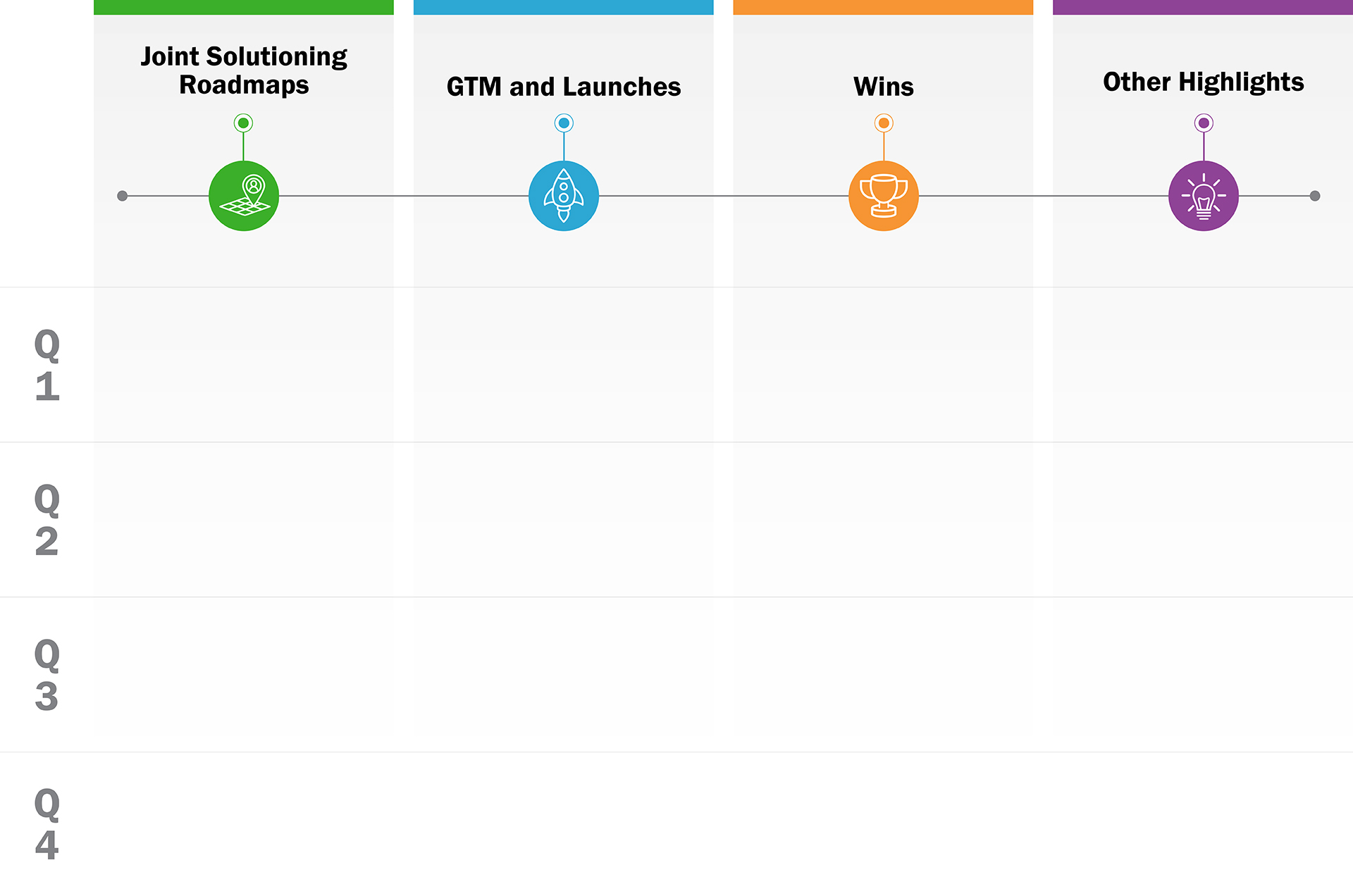Part 3 | Building Bridges Across the Channel Series
While there are several aspects to building a solid foundation for channel partnerships (as covered in part two of this series), strategies for the long term can be tricky. In this final installment of our series on building bridges across the channel, we focus on strategies for maintaining and strengthening these partnerships over the long term. Let’s examine six steps you can take to nurture your channel partnerships for long-term success.
Most marketing experts understand that there are three main hurdles to public sector cloud migration. Let’s understand the challenges public sector clients and prospects face so we can then better communicate solutions to them.
-
Take on joint ventures and co-innovation. Exploring new business opportunities through combining complementary strengths to develop new solutions, enter new markets, or create unique value propositions that would be difficult to achieve independently.
A notable example of this is the partnership between Accenture and VMware. In 2021, Accenture launched a new business group to help organizations accelerate their transition to the cloud. This joint venture brought together Accenture’s expertise in digital transformation and VMware’s advanced cloud infrastructure capabilities in a multi-year investment, showcasing the power of combining strengths to deliver enhanced value.
-
Embrace lifecycles and action. Creating a partnership roadmap (or partnership lifecycle that spans initiation, planning, execution, monitoring and control, and closure) is critical. A recent PMI Pulse of the Profession report found that including key stakeholders, applying robust project management, and addressing risks led to successful outcomes more often. What’s more, organizations that use a roadmap consistently report above-average performance rates.
A structured approach helps teams manage change and capitalize quickly on new opportunities. Roadmaps may include:
- Solution milestones: Identify and develop joint solutions that leverage both partners’ strengths, addressing emerging market needs.
- Go-to-market (GTM) milestones: Strategize and execute collaborative marketing and sales efforts to maximize reach and impact.
- Win milestones: Celebrate joint successes and use them as case studies to showcase the partnership’s value.
- Address challenges head-on. No partnership is without its challenges. Establishing a process to address conflicts transparently and ensure both parties are committed to finding solutions will help navigate difficult situations and reinforce trust. Using a simple issue-tracking template to keep all stakeholders informed keeps communication and expectations transparent.
Issue Impact Proposed Solution Example Misaligned 0bjectives Project delays, reduced outcomes Conduct a joint strategy session to realign goals and roles Issue: Misalignment of project goals
Impact: Delays in project timelines
Solution: Schedule a strategy session with key stakeholders to align objectives and clarify rolesCommunication breakdown Misunderstandings, inefficiency Implement regular check-ins and clear communication channels Issue: Lack of communication between teams
Impact: Misunderstandings and inefficiencies
Solution: Set up weekly check-ins and use a shared platform for updates and queriesAnother element in resolving challenges is the role of a Channel Champion. As we mentioned in part two of this series, this individual should have access to executives, management, and stakeholders on both sides of the partnership. They act as a bridge builder and resolution expert.
- Measure metrics and accountability. To sustain a successful partnership, both parties must agree on clear success metrics and regularly review performance against these benchmarks. Metrics should be flexible enough to adapt to changing circumstances but informative enough to provide a clear picture of progress and areas needing attention. To build trust and motivation, include some goals that are quick and easy to achieve for guaranteed wins. While this list isn’t exhaustive, here are a few examples:
Enablement
- Targeted/enrolled ratio
- Portal logins (set cadence)
- Events attended (virtual/in-person/check-ins)
- Certifications attained
- To-partner marketing measures (sends, opens, clicks)
- Use of MDF
Sales
- Partner profitability
- Product/solution/service breakdown (portfolio adoption measure)
- Participation in incentives/contests
- Earned points/payout
- Retention
Pipeline
- Pipeline value (within a time, usually measured by deal registration, RPFs, POCs, etc.)
- Opportunities per partner
- Partners with an active pipeline
- Support requests
- Highlight wins. Regularly celebrating shared successes strengthens the partnership and boosts morale. Through joint case studies, press releases, and awards, public recognition can highlight achievements and showcase the partnership’s value to others. Even if the partner isn’t ready to publicize the win externally, celebrate it internally and showcase it with sales.
Win Wire - Reduced Costs and Improved Uptime at General Hospital
Channel Partner - TechForge
Story - General Hospital’s legacy IT was expensive and unreliable. TechForge, a rising IT solutions provider, used the materials and enablement from their joint venture with CloudInnovate to close a combined solution and services deal in eight months.
- Review losses. Analyzing losses is just as crucial as celebrating wins in channel partnerships. By documenting and reviewing unsuccessful ventures, partners and vendors can gain insights, identify areas for improvement, and strengthen their collaboration. This practice fosters a culture of continuous learning, adaptation, and trust. Here’s a simple Loss Capture template:

The Path Ahead
Enduring channel partnerships require dedication, flexibility, and a proactive approach to improvement and growth. By embracing change, celebrating successes, addressing challenges, and planning strategically, vendors and partners can build bridges that drive mutual growth, trust, and success.
